Photo Gallery for Antaeotricha schlaegeri - Schlaeger's Fruitworm Moth | 120 photos are available. Only the most recent 30 are shown.
|
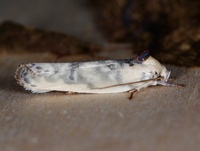 | Recorded by: Jim Petranka and Becky Elkin on 2024-04-16
Buncombe Co.
Comment: |  | Recorded by: Jim Petranka on 2024-04-08
Madison Co.
Comment: |
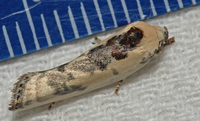 | Recorded by: Chuck Smith on 2023-09-05
Davidson Co.
Comment: | 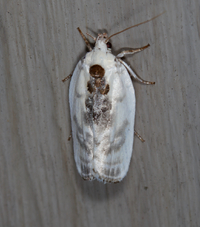 | Recorded by: Jim Petranka on 2023-09-01
Madison Co.
Comment: |
 | Recorded by: Jim Petranka and Becky Elkin on 2023-08-23
Madison Co.
Comment: |  | Recorded by: Chuck Smith on 2023-08-17
Davidson Co.
Comment: |
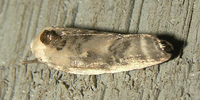 | Recorded by: Owen McConnell on 2023-08-17
Graham Co.
Comment: | 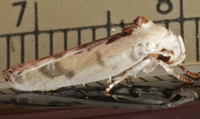 | Recorded by: Chuck Smith on 2023-08-16
Davidson Co.
Comment: |
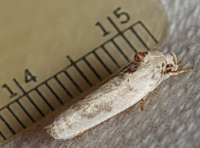 | Recorded by: Chuck Smith on 2023-08-12
Davidson Co.
Comment: | 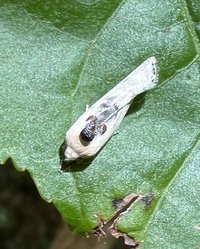 | Recorded by: Stephen Dunn on 2023-08-08
Orange Co.
Comment: |
 | Recorded by: Stephen Dunn on 2023-08-08
Orange Co.
Comment: | 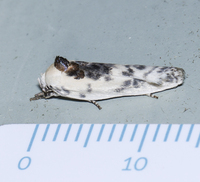 | Recorded by: John Petranka on 2023-08-06
Orange Co.
Comment: |
 | Recorded by: Jim Petranka on 2023-08-05
Madison Co.
Comment: | 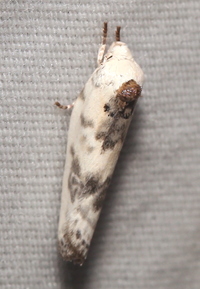 | Recorded by: David George, Stephen Dunn, Jeff Niznik, Rich Teper, Becky Watkins on 2023-07-29
Swain Co.
Comment: |
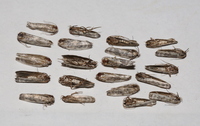 | Recorded by: David George on 2023-06-16
Avery Co.
Comment: |  | Recorded by: John Petranka on 2023-06-06
Alleghany Co.
Comment: |
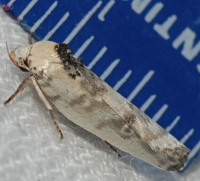 | Recorded by: Chuck Smith on 2023-06-03
Davidson Co.
Comment: | 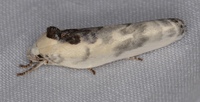 | Recorded by: David George, Stephen Dunn, Jeff Niznik on 2023-06-03
Orange Co.
Comment: |
 | Recorded by: Chuck Smith on 2023-05-30
Davidson Co.
Comment: |  | Recorded by: Stephen Dunn on 2023-05-26
Orange Co.
Comment: |
 | Recorded by: Dean Furbish on 2023-05-25
Wake Co.
Comment: |  | Recorded by: Dean Furbish on 2023-05-25
Wake Co.
Comment: |
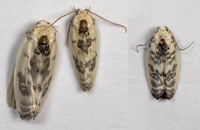 | Recorded by: Stephen Hall on 2023-05-23
Orange Co.
Comment: | 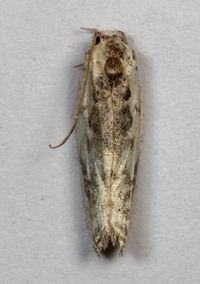 | Recorded by: Stephen Hall on 2023-05-23
Orange Co.
Comment: |
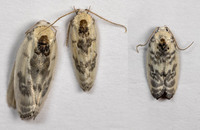 | Recorded by: Stephen Hall on 2023-05-23
Orange Co.
Comment: All three had a body length longer than 11 mm | 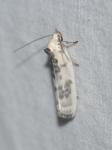 | Recorded by: K. Bischof on 2023-05-23
Transylvania Co.
Comment: |
 | Recorded by: Chuck Smith on 2023-05-20
Davidson Co.
Comment: | 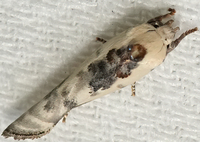 | Recorded by: Chuck Smith on 2023-05-20
Davidson Co.
Comment: |
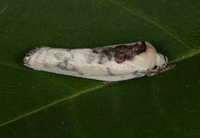 | Recorded by: Jim Petranka and Bo Sullivan on 2023-05-17
Richmond Co.
Comment: | 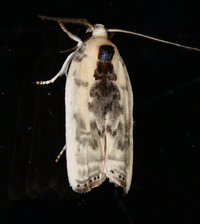 | Recorded by: Jim Petranka on 2023-05-04
Madison Co.
Comment: |
|